PBS Western Reserve Educational Services

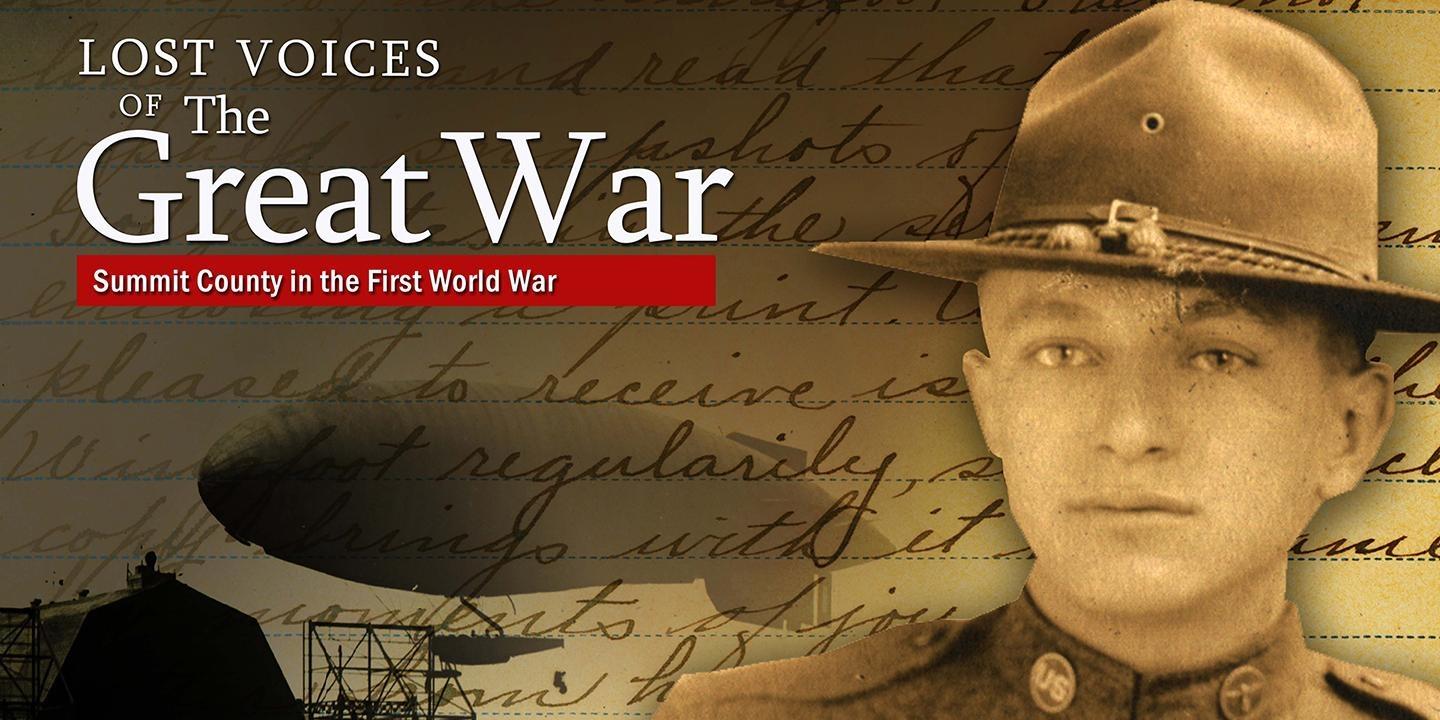
Lost Voices of the Great War: Summit County in the WWI
Story of Summit County, Ohio residents’ experiences at home and overseas during WWI. Produced 2018. (Grades 5, 9-12)
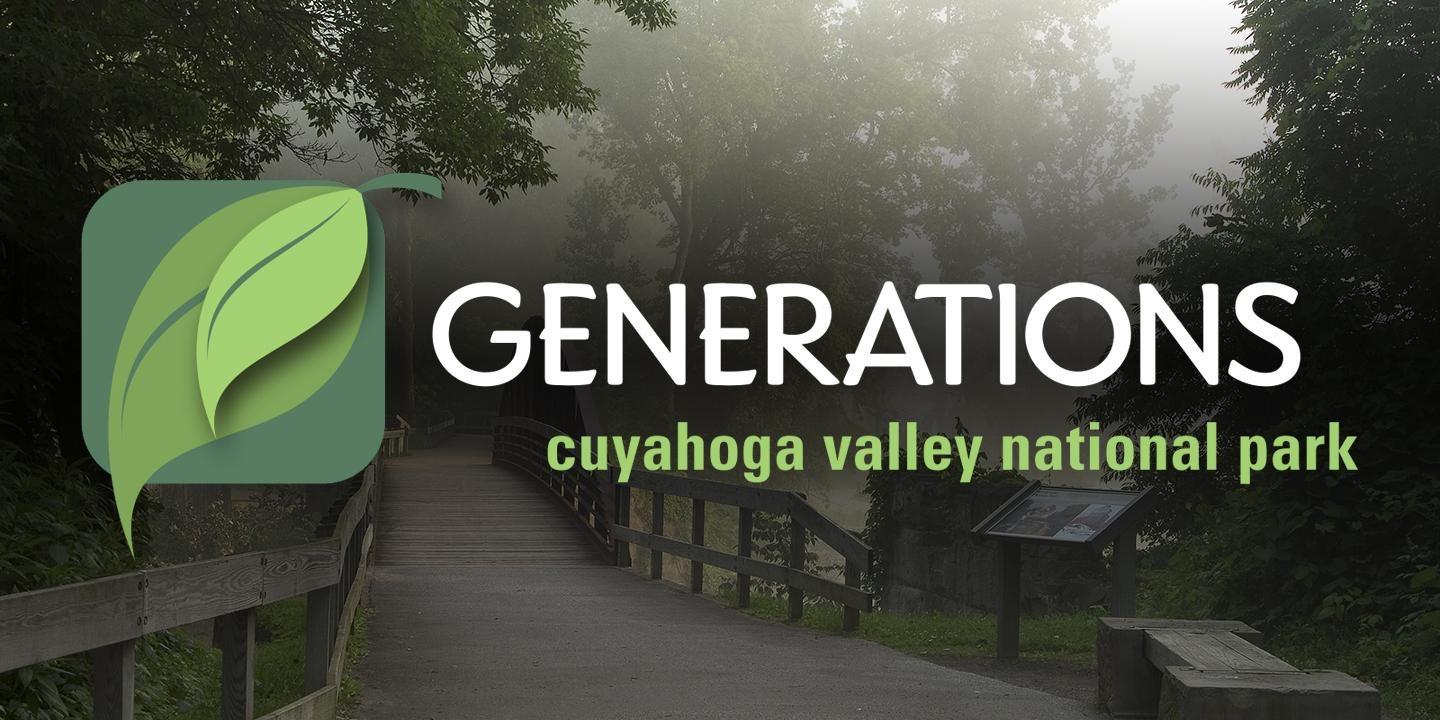
Generations: Cuyahoga Valley National Park
Discover the story of Ohio's only national park. Generations talks about the park's natural wonders & the people whose lives have crossed its paths. Produced 2009. (Grades 4-8)
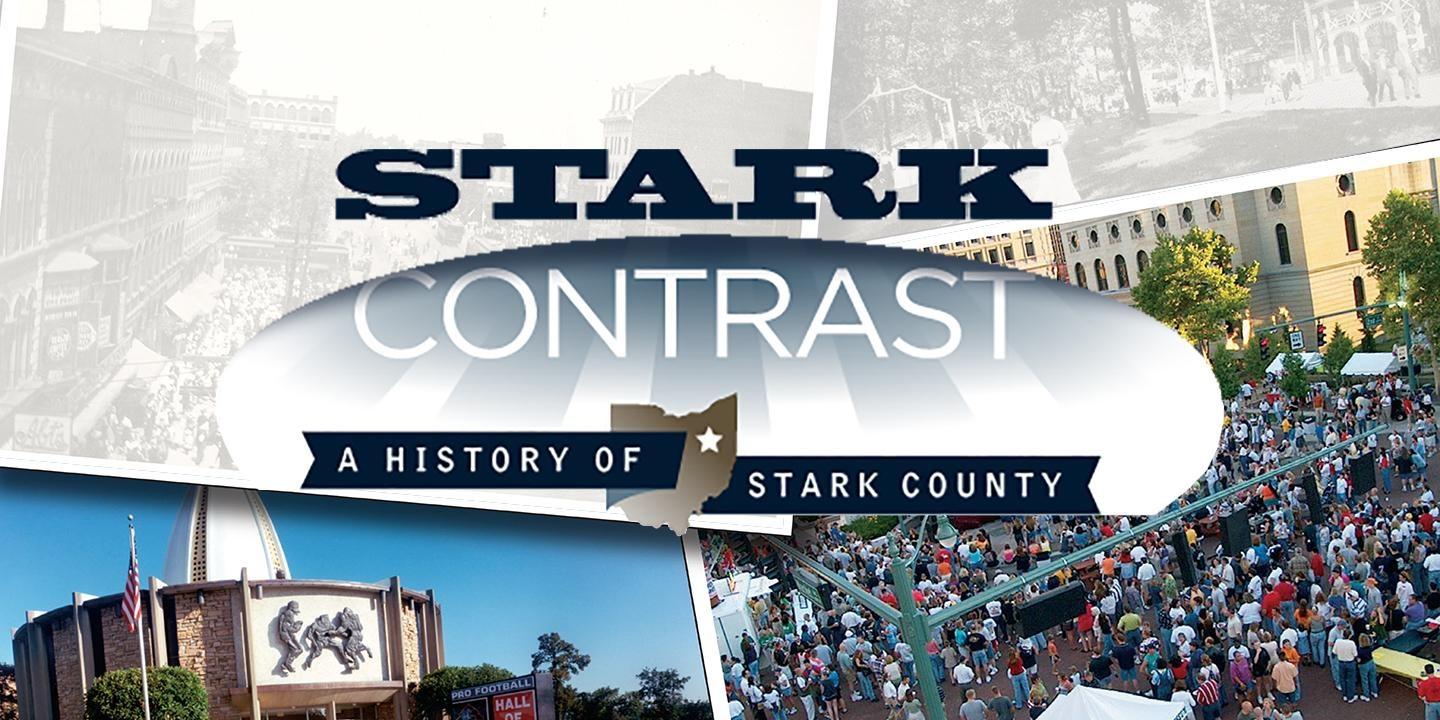
Stark Contrast: A History of Stark County
STARK CONTRAST takes a look at the past, present and future of Stark County. Produced 2009. (Grades 6-8)
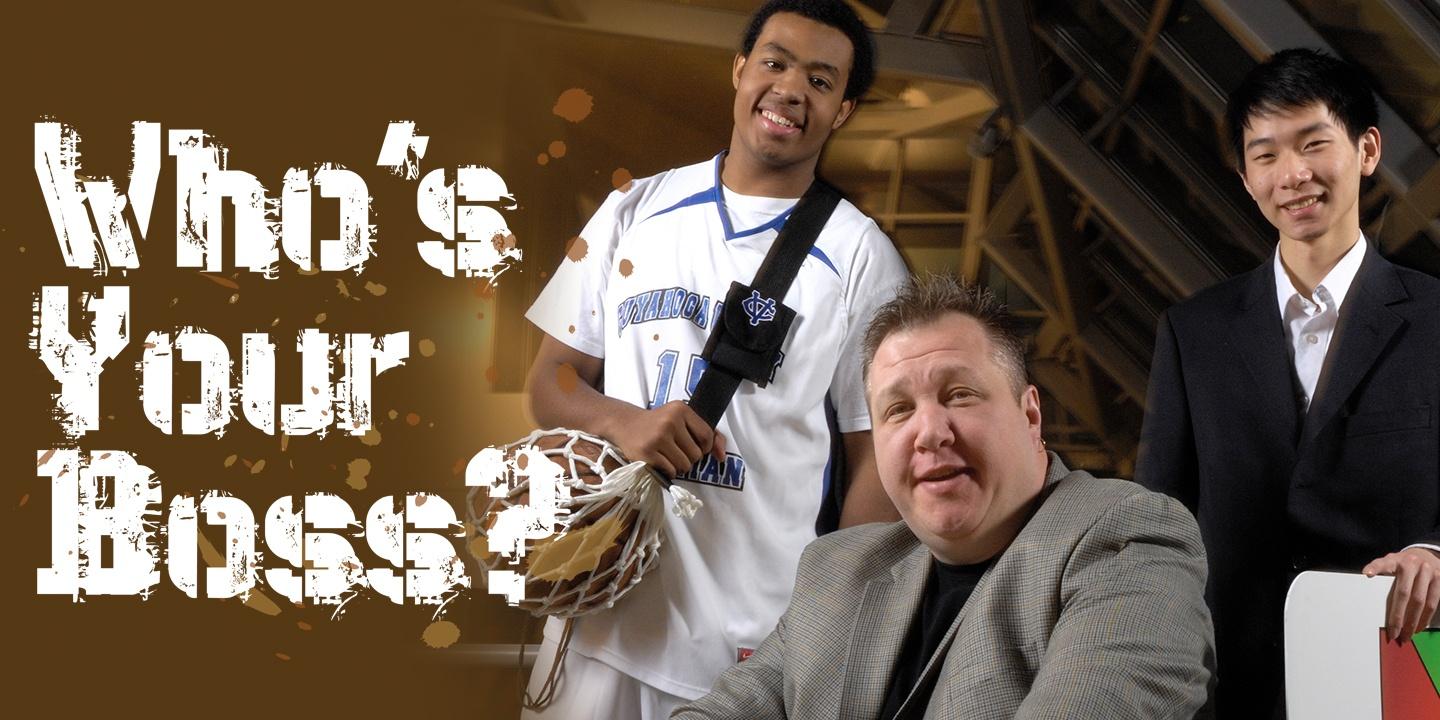
Who’s Your Boss?
WHO’S YOUR BOSS? profiles the achievements of six northeast Ohio youths and the organizations that support them. Produced 2009. (Grade 11)
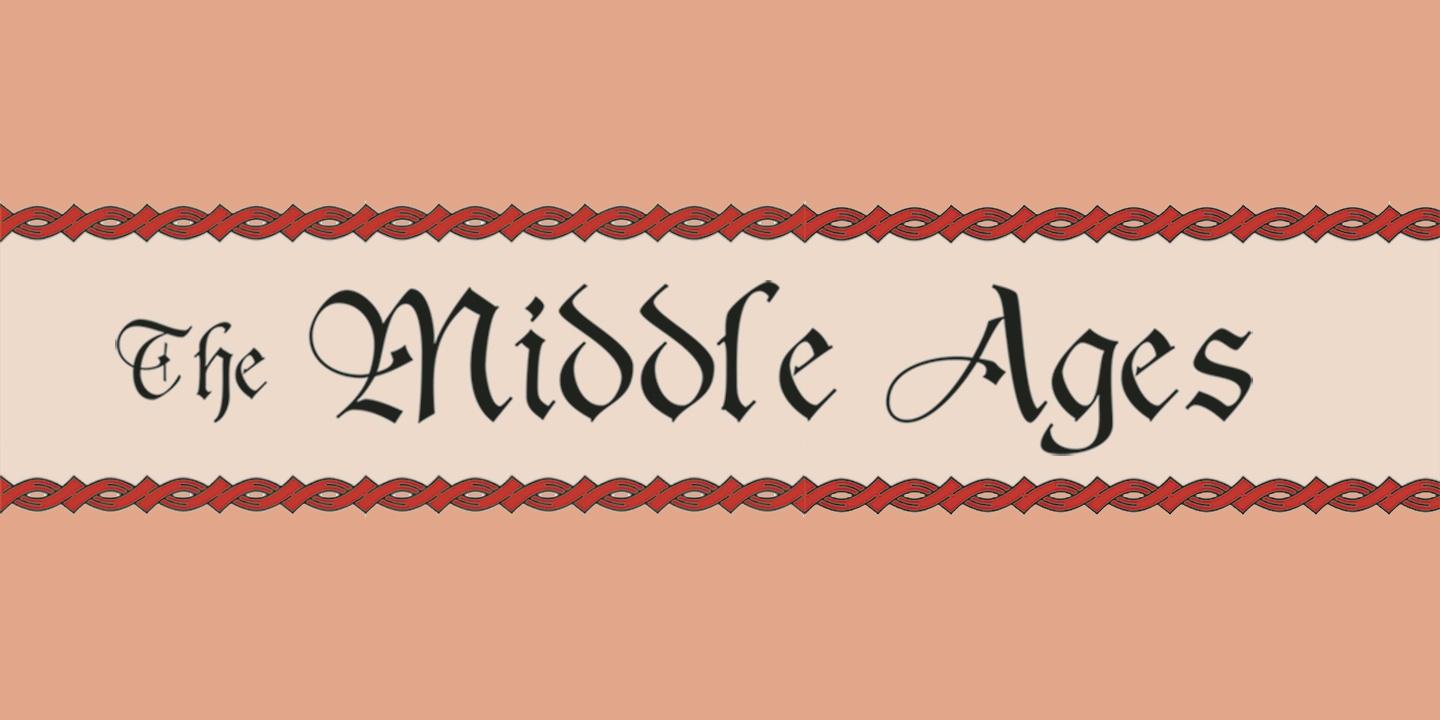
The Middle Ages
The goal of THE MIDDLE AGES is to help students understand the basic concepts of this historical period, including the barbarian invasions and feudalism. Produced 2008. (Grade 7)
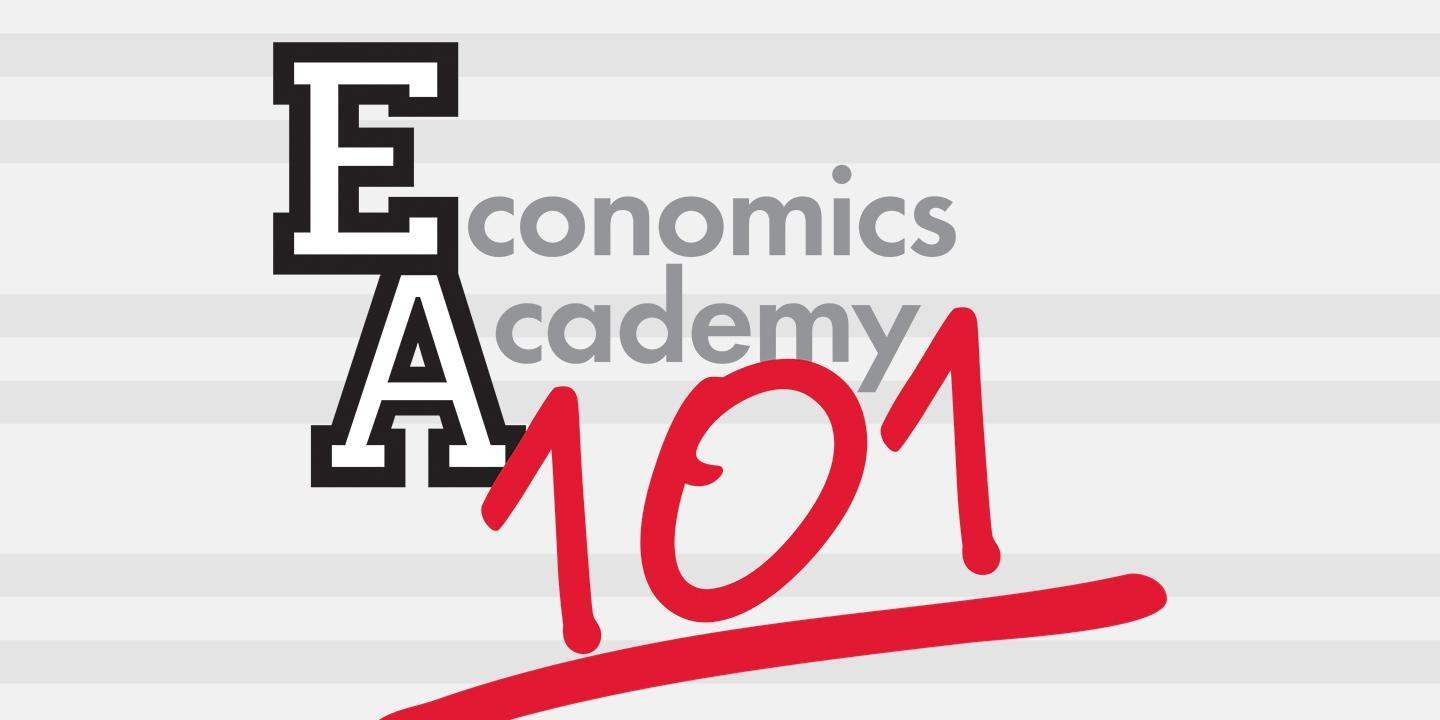
Economics Academy 101
The focus of this project is to provide an understanding of the basics of economics, and to view economics with a historical perspective. Produced 2007. (Grades 4-8)
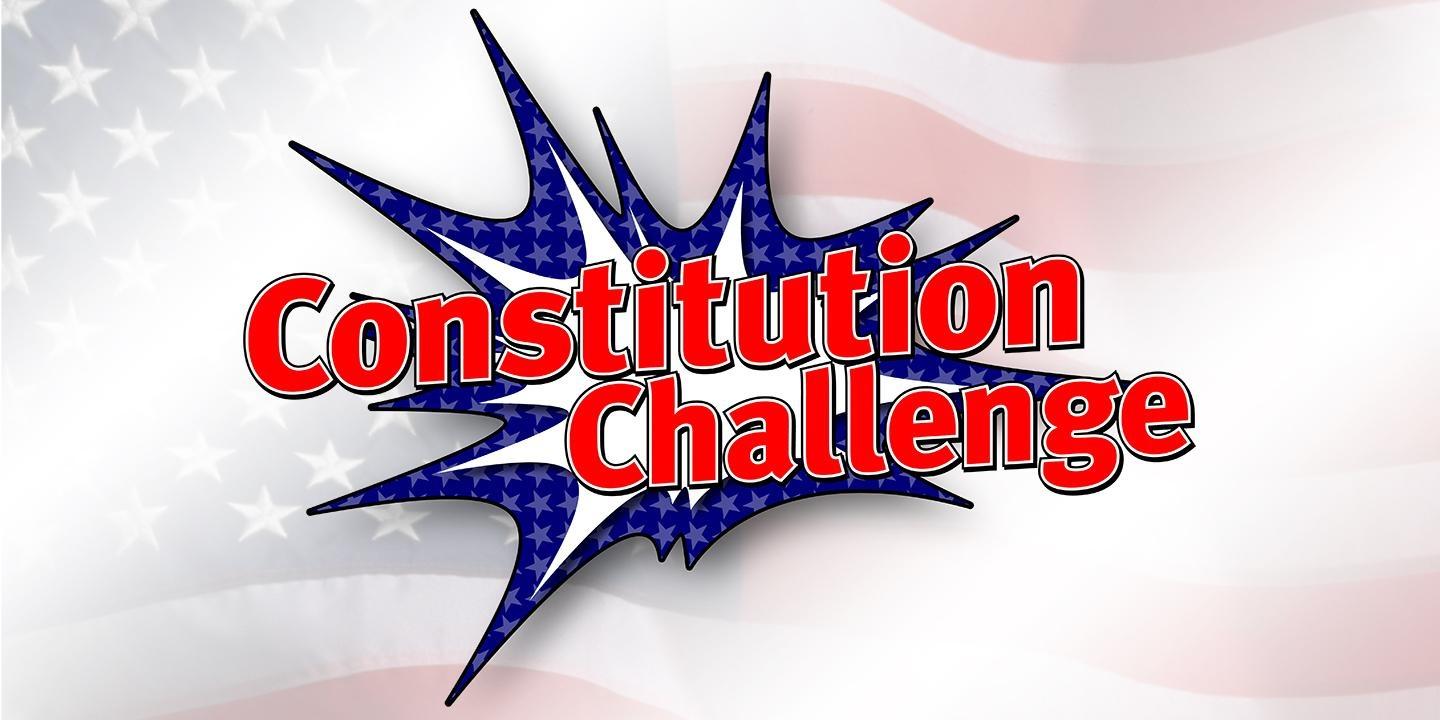
Constitution Challenge
In the form of a game show, this project features both “the man of the street” and student contestants as they answer questions about the constitution. Produced 2006. (Grades 5-8)
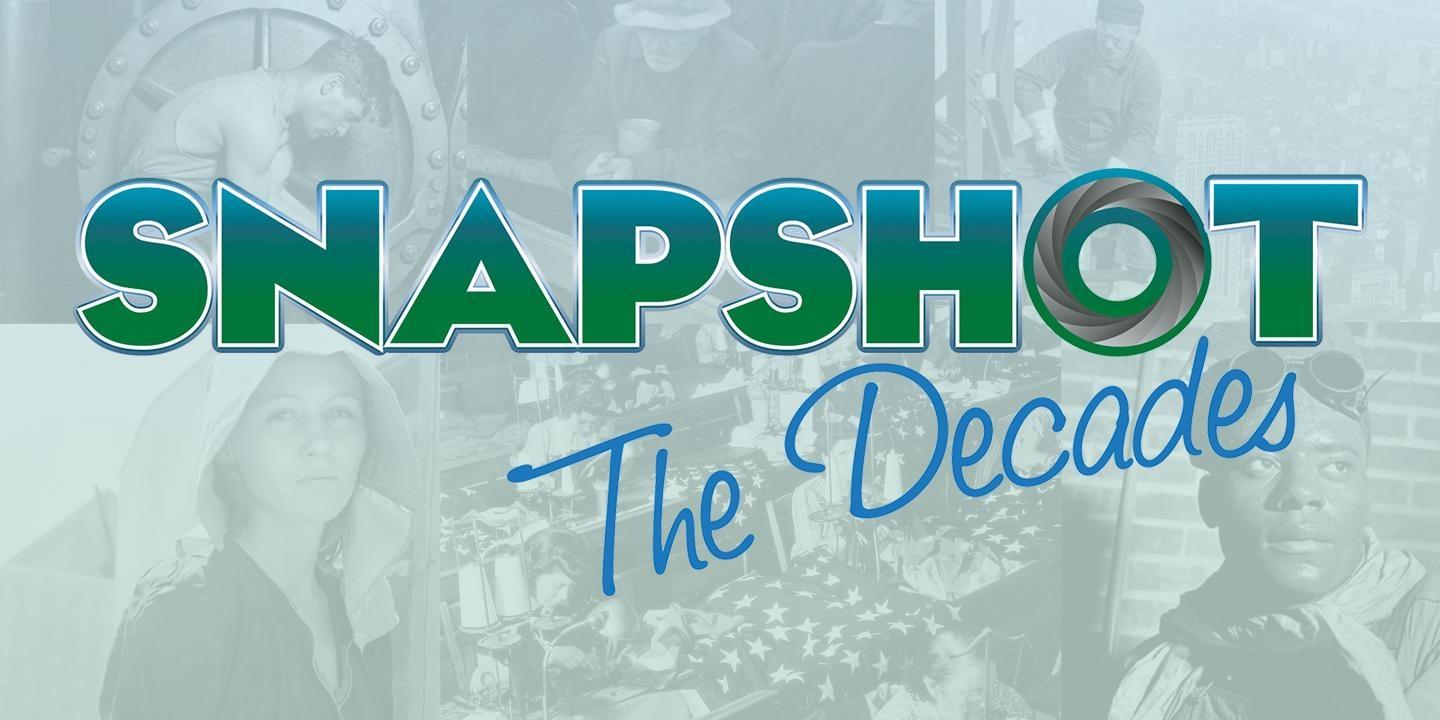
Snapshot: The Decades
Using historical footage and narration, this series focuses on the social, economic, political and scientific events from the 1920s to the 1960s. Produced 2006. (Grade 10)
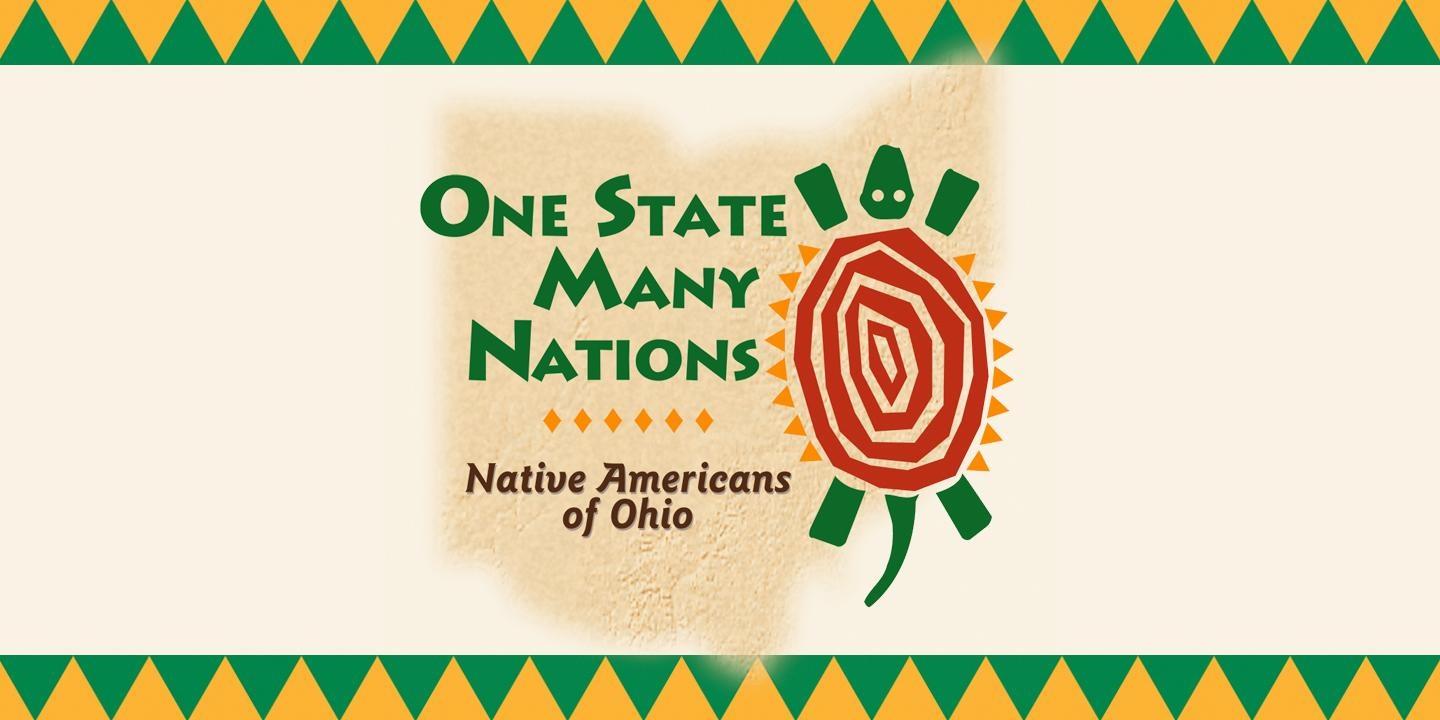
One State-Many Nations: Native Americans of Ohio
This project studies the rich cultural and historical heritage of the Native American nations that have populated Ohio since prehistoric times. Produced 2004. (Grades 4-6)
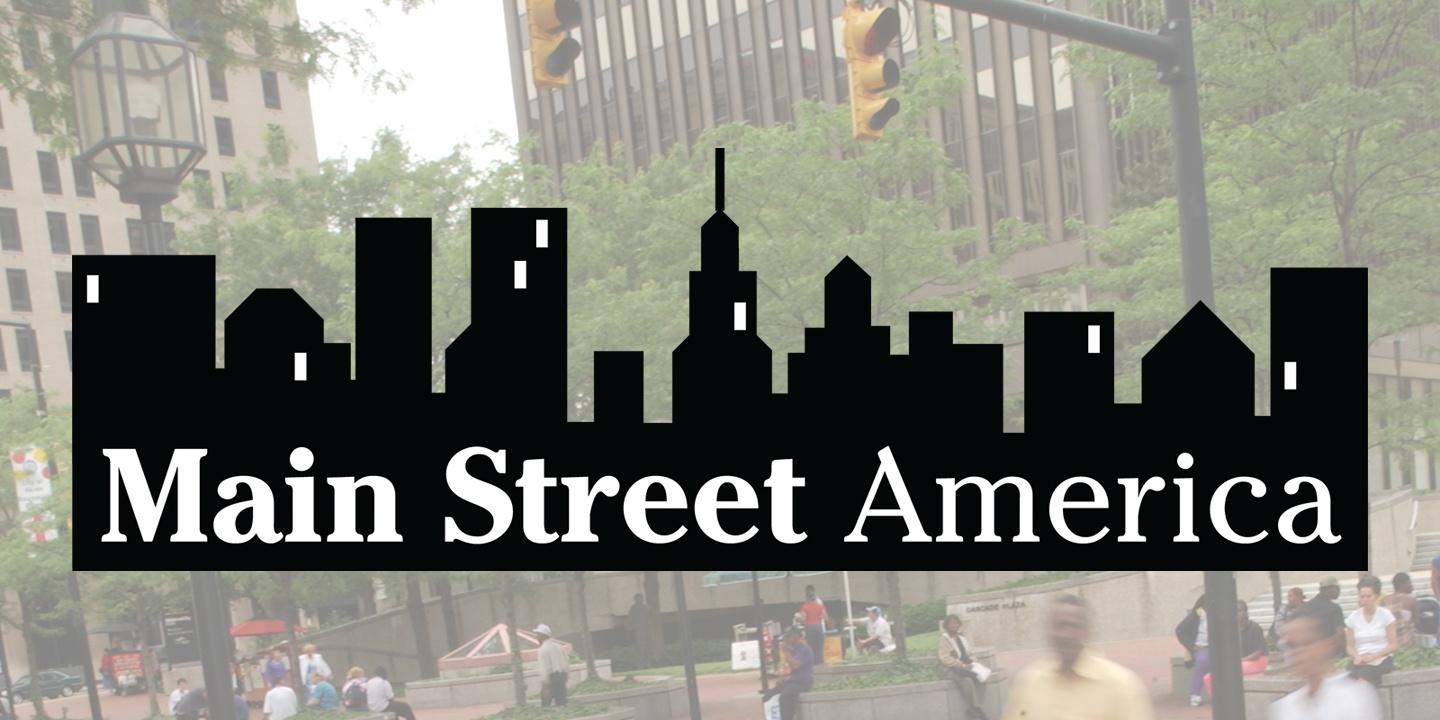
Main Street America
MAIN STREET AMERICA looks at revitalization projects in four cities, including Akron. Produced 2002. (Grades 9-12)
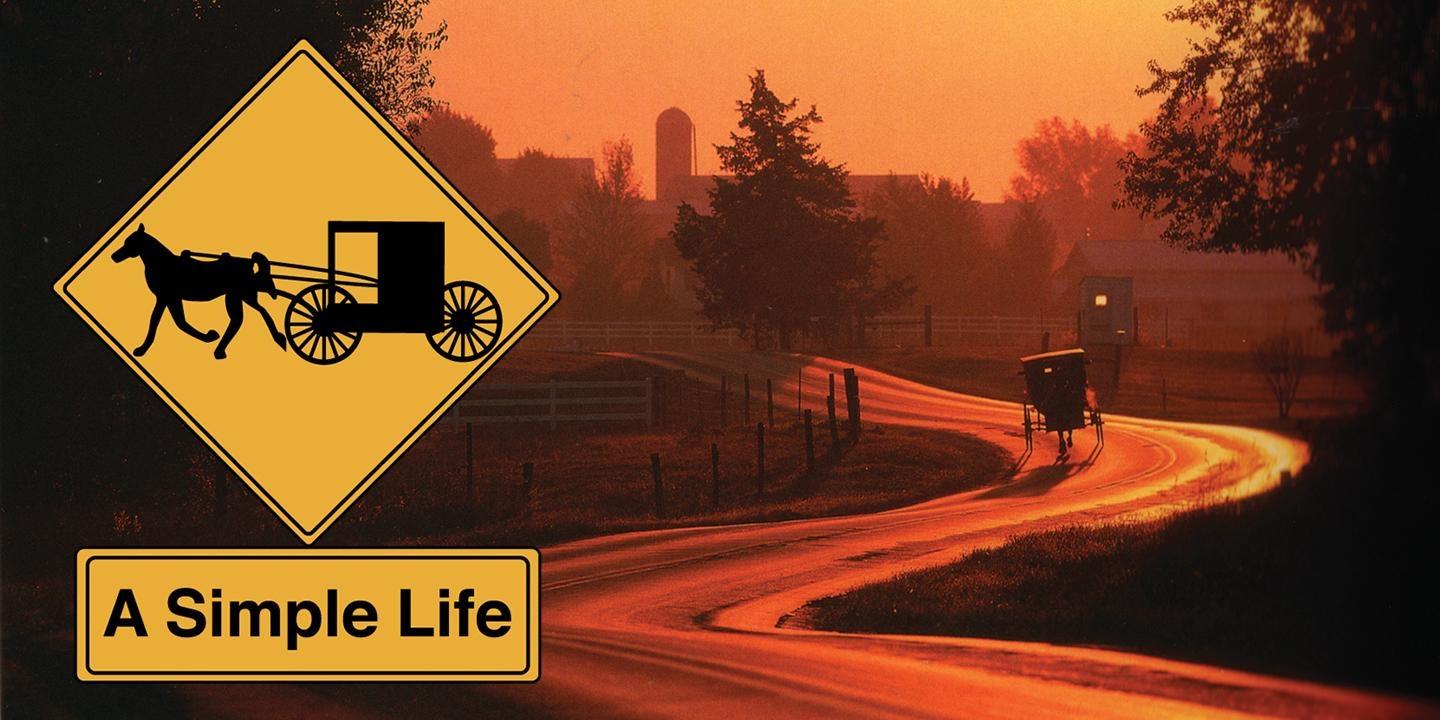
A Simple Life
A SIMPLE LIFE visits the people and the places that populate Holmes County, Ohio, the center of the world's largest Amish population. Produced 2002. (Grades 4-8)
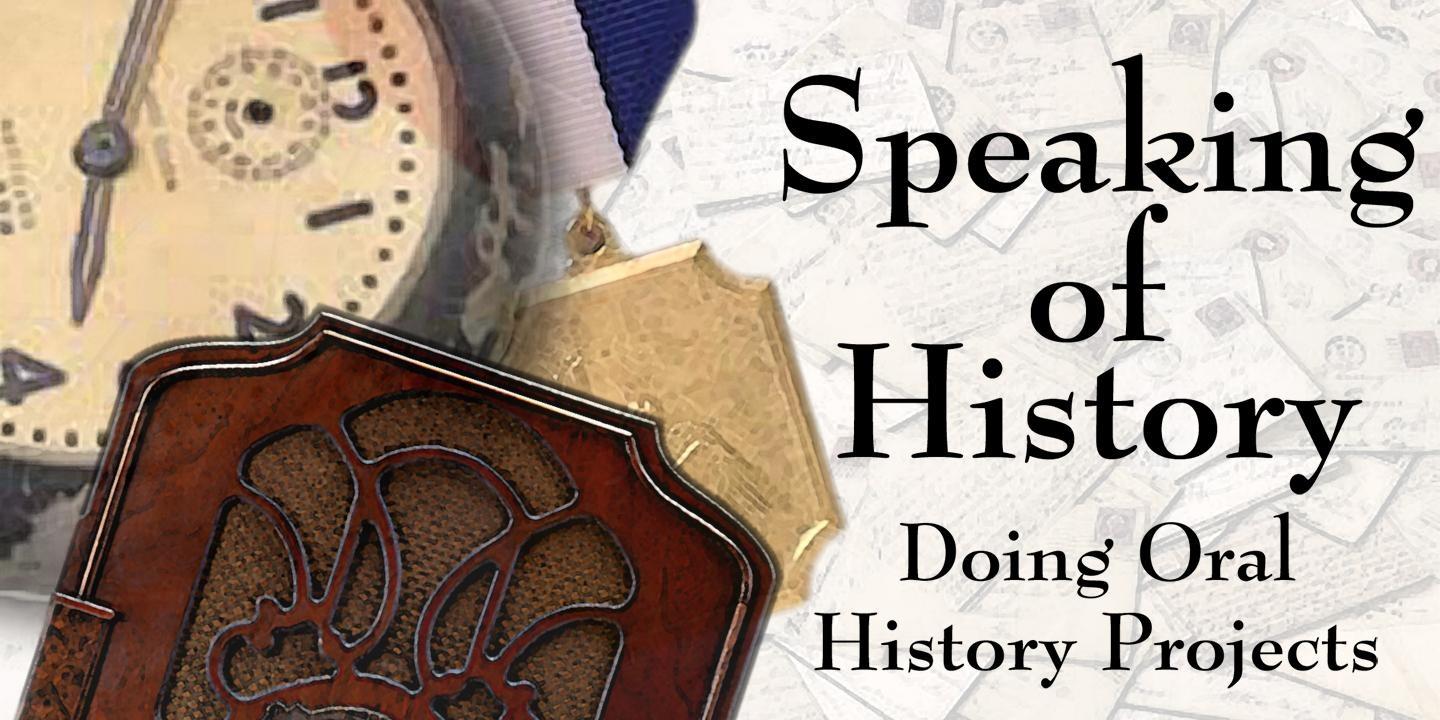
Speaking of History … Doing Oral History Projects
Collecting and archiving oral histories is a wonderful way to present proficiency skills in a real-life setting and preserve histories. Produced 2002. (Grades 5-8)
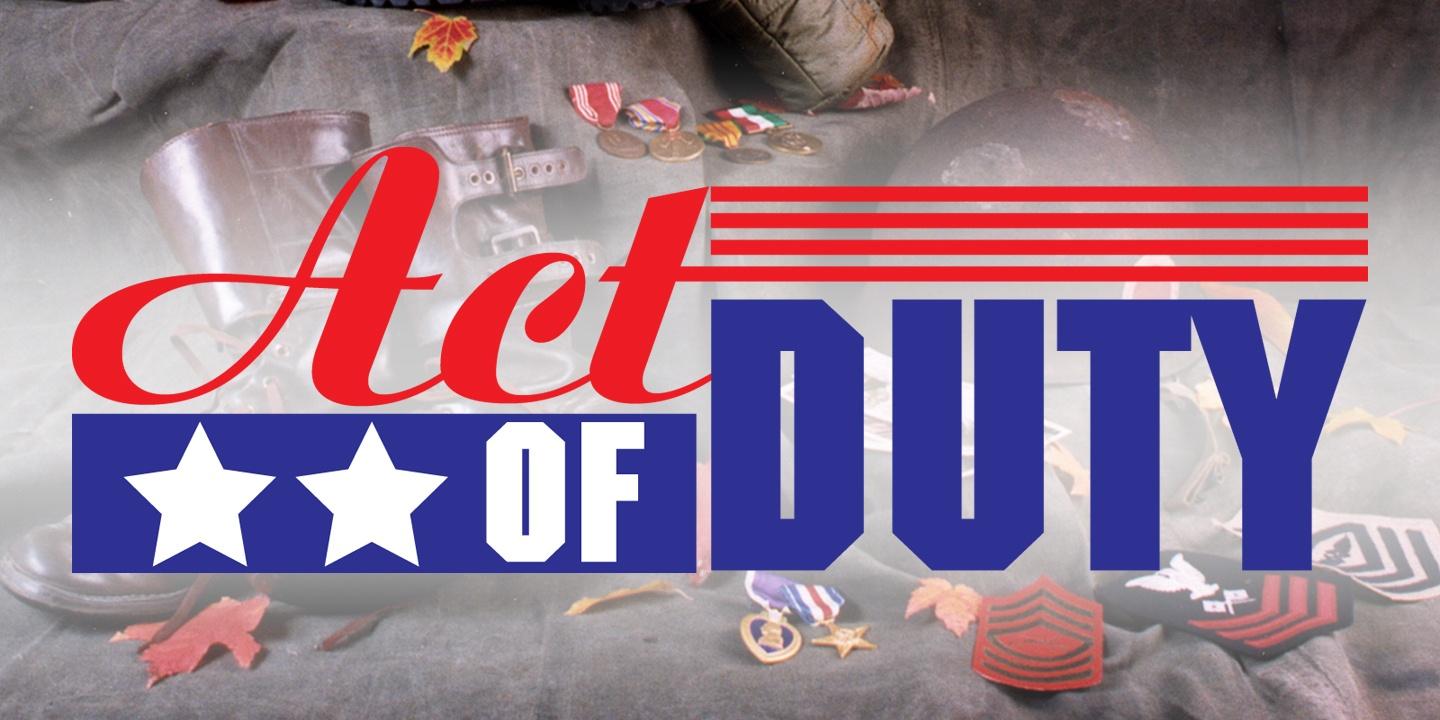
Act of Duty
Northeast Ohio men and women share their stories of battle and how it shaped their lives. Produced 2000. (Grades 6-12)
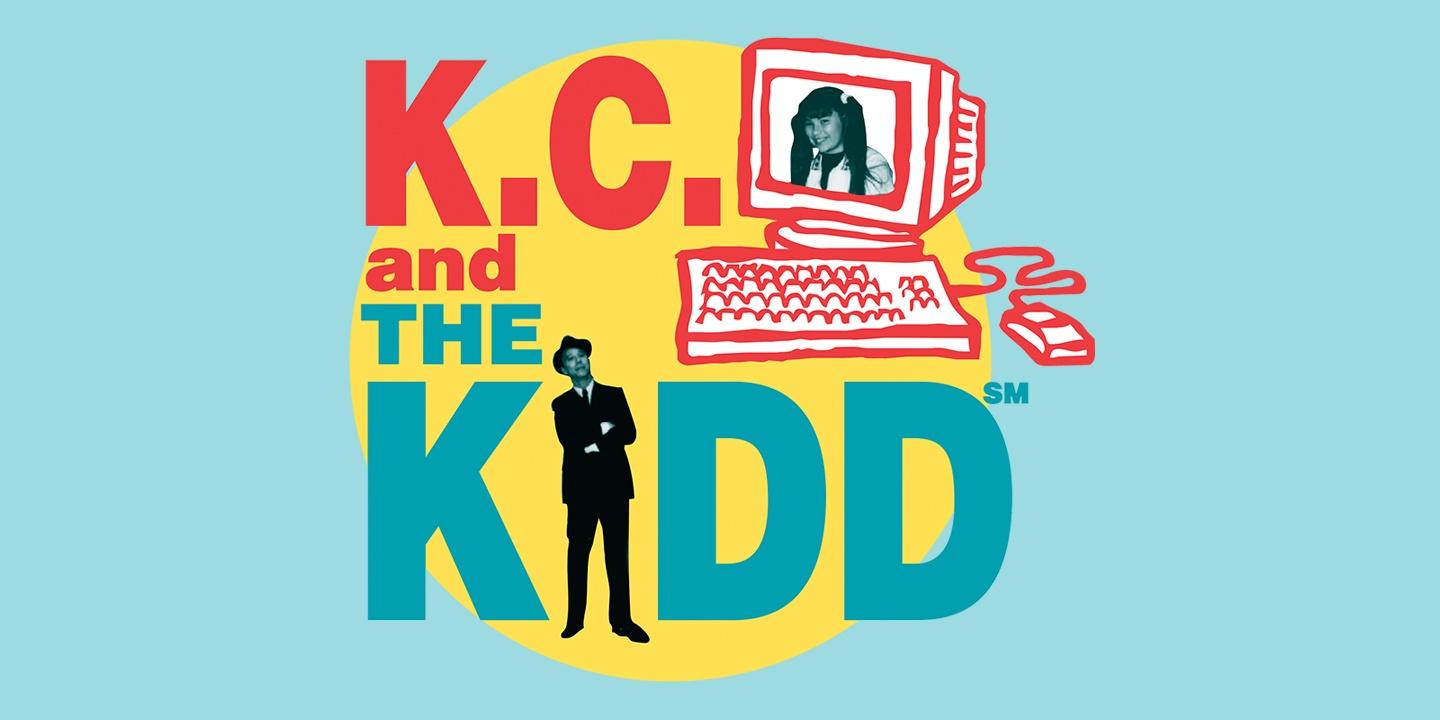
K.C. and The Kidd
The Kidd is a detective. K.C. is his partner, the “kid in the computer.” When Kidd faces problems he can’t solve, you can help as part of the Kidd Crew. Produced 1995. (Grades 4-6)

White House 20500
Alex and Ravi, the two 8th-grade characters in the story, discover how our government works. Produced 1993. (Grades 5-8)